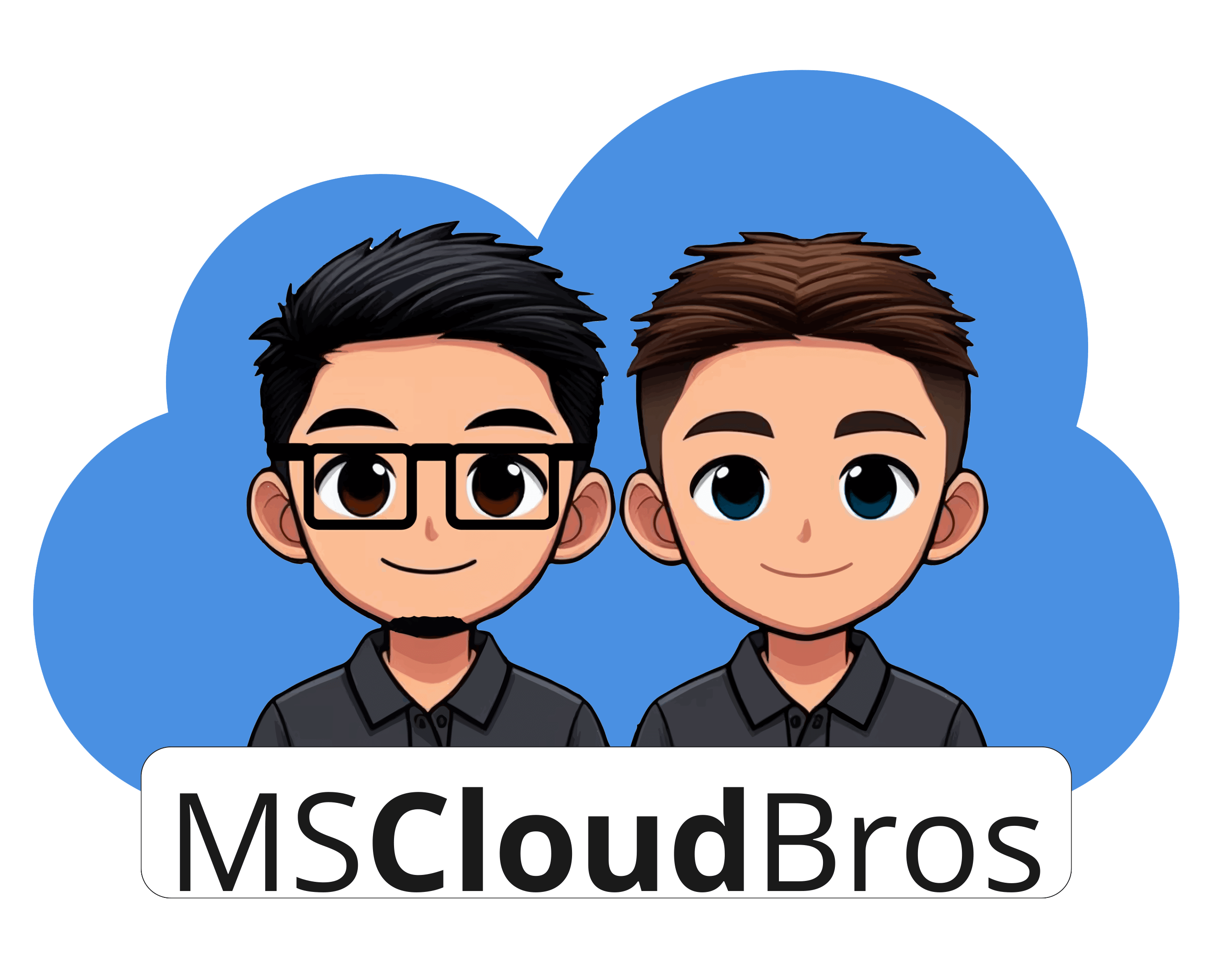Ever wondered how engineers collaborate on complex designs seamlessly and securely? Enter the Azure Modeling and Simulation Workbench – a cutting-edge, on-demand service that revolutionizes engineering design and simulation.
What’s it all about?
The Azure Modeling and Simulation Workbench offers a robust, secure environment where engineers can design, simulate, and collaborate with ease. It’s like having a high-tech lab at your fingertips, packed with everything you need – from specialized virtual machines to advanced storage solutions and top-notch security features.
Key Features
1. Isolated Chambers for Privacy
– Imagine having your own private workspace where you can collaborate with your team, partners, or customers without worrying about security breaches. That’s what isolated chambers provide. These spaces ensure that your intellectual property remains protected and only accessible to authorized users through multi-factor authentication.
2. Powerful Compute Capabilities
– Need some serious computing power? The Workbench has you covered with a variety of virtual machines tailored for different workloads. Whether it’s general-purpose VMs or specialized ones for silicon engineering, you can easily scale up or down based on your needs. Plus, you only pay for the compute time you actually use – how cool is that?
3. Flexible Storage Options
– Storage is another strong suit of the Workbench. It offers both private and shared storage options with high availability and scalability. You can adjust the storage capacity and performance tier as per your project requirements, ensuring you have the perfect setup for your engineering needs.
4. Automated Provisioning
– Gone are the days of spending weeks setting up your environment. With automated provisioning, your design setup is ready in hours. Just input your initial configurations, and the Workbench takes care of the rest – from identity management and access controls to VM and network configurations.
5. Seamless Scaling
– Managing costs and infrastructure is a breeze with the Workbench. You can easily scale your workloads, adjust storage performance, and even pause chambers and workloads when not in use to save on costs.
Availability
The Azure Modeling and Simulation Workbench is currently available in several Azure regions, including East US, Sweden Central, West US 3, USGov Virginia, and USGov Arizona.
Workbench
The Azure Modeling and Simulation Workbench serves as a centralized platform for various components designed for users. A workbench encompasses a range of supporting services that enhance workload performance within the Azure Modeling and Simulation environment, including computing, storage, and networking capabilities.
Workbench components
The workbench serves as a host for Azure resources within a secure environment comprised of virtual machines, storage devices, and databases. It acts as the primary container for chamber objects that execute engineering applications and workloads in isolated settings.
Within a workbench, multiple teams can collaborate on shared projects, taking advantage of the Modeling and Simulation Workbench’s secure and cooperative design environment. Each chamber and connector has its own administrator responsible for managing the space, its components, and the users involved. Authorized users can access and modify systems as needed, adapting components and services to meet their project requirements. Additionally, to optimize costs, users have the option to delete high-performance virtual machines after use.
Workbench infrastructure
The infrastructure of the Azure Modeling and Simulation Workbench is designed specifically to support compute- and memory-intensive applications. It maximizes throughput and performance for engineering workloads, backed by high-performance file systems and efficient job scheduling.
Compute
Azure provides a diverse range of virtual machines (VMs) that cater to various memory-to-core ratios and workload needs. These include General Purpose VMs, Compute Optimized VMs, and Memory Optimized VMs.
Storage
Key storage components collaborate to deliver high performance for engineering workflows. The storage service facilitates the migration and operation of enterprise file applications seamlessly.
Networking
The Azure virtual network provides over-provisioned network resources with high bandwidth and low latency, significantly enhancing job runtime. With built-in and custom solutions, Azure ensures fast, scalable, and secure connectivity by utilizing its extensive private optical-fiber capacity for low-latency access worldwide. Furthermore, Azure offers accelerated networking to reduce hops and improve overall performance.
- Azure ExpressRoute – This network service establishes private connections between on-premises infrastructure without routing through the public internet. It delivers exceptional reliability, faster speeds, and lower latencies compared to standard internet connections.
- Azure VPN – A VPN gateway serves as a specialized type of virtual network gateway, transmitting encrypted traffic between an Azure virtual network and an on-premises network over the public internet.
- Remote Desktop Service – To safeguard intellectual property both inside and outside secure environments, remote desktop access must be fortified with custom data transfer restrictions during sessions. Customer IT administrators can implement multifactor authentication via Microsoft Entra ID and assign roles to users of the Modeling and Simulation Workbench.
User personas
Azure Modeling and Simulation Workbench features three distinct user personas: IT Admin, Project Manager, and Design Engineer. This article delves into these personas, outlining the specific activities and responsibilities tied to each role.
IT Admin (Workbench Owner)
The IT Admin, referred to as the Workbench Owner, is responsible for deploying infrastructure and provisioning users. This role involves initializing services within the customer tenant and exercising full administrative rights to manage chambers and users in the environment. The Workbench Owner holds an Azure ‘Owner’ role assignment or has both ‘Contributor’ and ‘User Access Administrator’ role assignments.
As a Workbench Owner, one can create and delete chambers, as well as invite, remove, or modify user roles. Additionally, they define the connectivity methods available for users to access the workload. The Workbench Owner is also tasked with approving all data export requests and overseeing costs incurred from resource consumption during workbench usage.
Project Manager (Chamber Admin)
The Project Manager, often referred to as the Chamber Admin, plays a crucial role in installing and managing applications and licenses. They oversee the installation and configuration of tools related to computing, networking, and storage within the chamber. Chamber Admins are tasked with setting up and managing the chamber, enjoying elevated access to workloads and the overall environment. Additionally, they are responsible for procuring licenses from software vendors, enabling design teams to run simulations on the deployed workloads effectively.
Design Engineer (Chamber User)
The Design Engineer oversees the execution of workflows and simulations leading to final design approval. This role is known as the Chamber User. Although Chamber Users have a limited level of access to the environment, they can deploy workloads and execute scripts and schedulers according to their permissions within chamber storages. Additionally, they can utilize the data pipeline to import data into the chamber and request the export of data from it.
Chamber
In the Azure Modeling and Simulation Workbench, a chamber is defined as a network of interconnected computers (nodes) that operate collaboratively as a unified system. Chambers offer a comprehensive and secure environment for users to execute engineering applications and manage workloads.
- They provide optimized infrastructure, enabling users to select from a variety of VM sizes, storage options, and computing resources to meet their workload requirements.
- Chambers also facilitate a preconfigured environment for license server access and encompass a full suite of workload tools.
- Additionally, on-demand chambers are integrated within the Modeling and Simulation Workbench resource.
Chamber environment
Chambers create a secure and isolated environment by implementing private IP access and eliminating internet connectivity. Access to public domains is restricted to authorized networks through encrypted sessions facilitated by the connector component. Each chamber features a dedicated connector that supports protocols established via VPN, Azure ExpressRoute, or allowlisted public IP addresses.
Only provisioned users can access the chamber environment, with user provisioning managed at the chamber component using IAM [(Access Control)](https://learn.microsoft.com/en-us/azure/role-based-access-control/role-assignments-portal). This setup allows for collaboration among cross-team and cross-organization individuals on shared projects within the chambers. To enhance your organization’s security, multifactor authentication (MFA) through Microsoft Entra ID is highly recommended.
Chamber storage
Users have the ability to resize and customize chambers to meet their storage requirements during the design process. Additionally, chamber users can allocate VMs on demand, choosing the appropriately sized VM/CPU for specific tasks, and decommission workloads once the job is complete to optimize costs.
Right-sizing
The right-sizing feature helps reduce Azure costs by identifying idle and underutilized resources. This can be achieved through various measures, such as:
- Optimizing the size and quantity of virtual machines.
- Stopping unused workloads, connectors, and chambers.
- Adjusting the size and performance tier of storage chambers.
The Wrap-up
For engineers and developers, the Azure Modeling and Simulation Workbench is a game-changer. It streamlines the entire design and simulation process, offering a secure, efficient, and highly flexible environment. Whether you’re working on cutting-edge silicon designs or complex engineering projects, this tool provides everything you need to collaborate and innovate with confidence.

